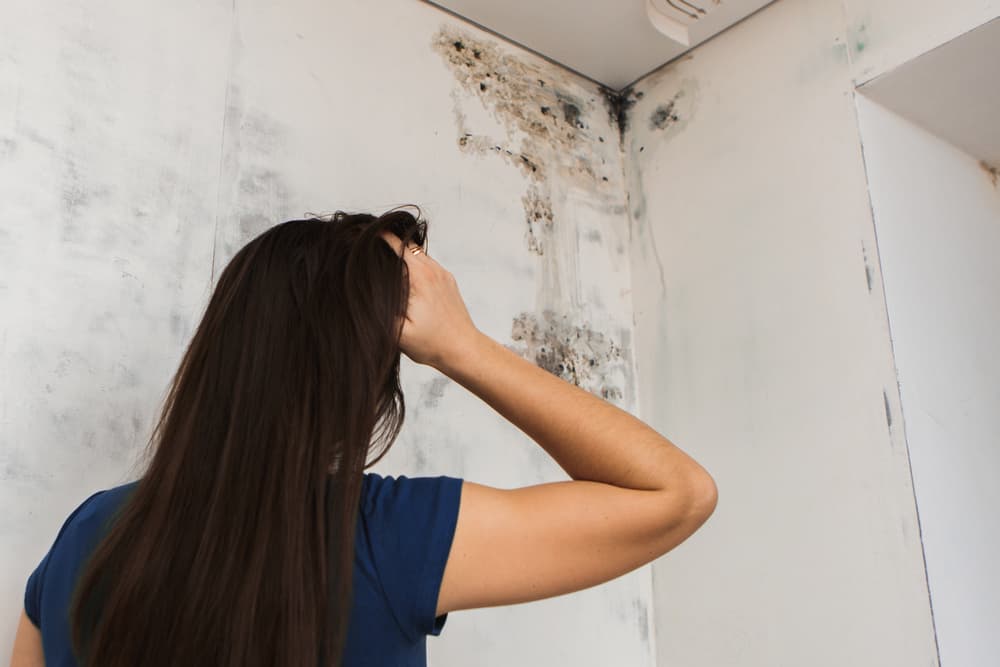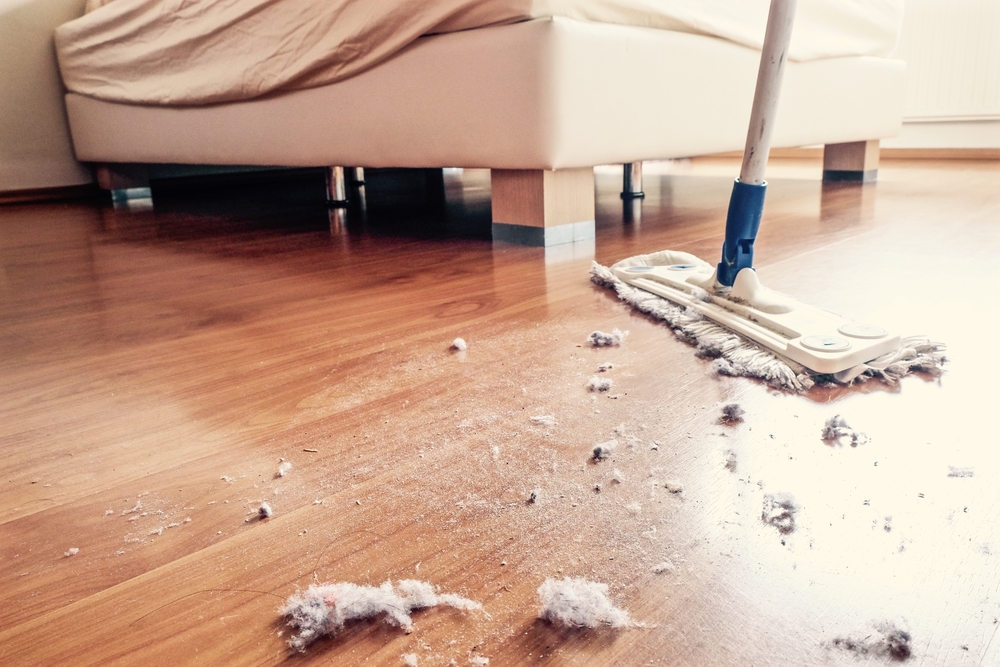
Your home or business is home to more than family or coworkers; nearly every interaction we make and every item we use can create contaminants and particulates that enter the indoor airstream. It’s theoretically impossible to completely mitigate their presence, but keeping their concentration at safe levels is entirely possible. Today, let’s explore the most common air quality contaminants so you’re informed on what to look out for.
Mould / Mold
Mould in the indoor environment is not uncommon. Any organic material and moisture, given time, will begin to provide an environment suitable for mould to grow. Mould growth indoors becomes a problem when caused by water leaks, condensation, dampness, or poor ventilation. These very common indoor residential environmental conditions will eventually lead to elevated mould spores affecting our indoor air quality. Elevated indoor mould spores may affect our respiratory system, cause infection, or trigger allergies. The fundamental ingredient to every case of elevated mould activity in the home is humidity. The successful mould investigation is not the sampling of aerosolized mould spores. The successful mould remediation begins and ends with the identification and source of humidity. That humidity may be caused by soil vapour pressure, foundation cracks, humidifiers, window flashing and building envelope failure, occupant activity, or poor ventilation. Keep things dry and keep things healthy.
VOCs
Short for volatile organic compounds, VOCs can be found in a number of items including “bed in a box” mattresses, memory foam, rubberized mats, new furniture/furnishings, and more. Prolonged exposure, particularly with sustained higher concentrations of the toxic compounds in the air, can lead to a number of serious health problems. From cancers to respiratory issues and more, VOCs can do a great deal of harm. The best course of action is to minimize the number of VOC-producing items that could otherwise off-gas into your indoor air.
Carbon Monoxide
CO, or carbon monoxide, is invisible to every sense and requires a detector to identify when it reaches dangerous levels. This highly poisonous gas is generated by combustion devices such as vehicles, cooking stoves and barbeques, hot water tanks, as well as wood stoves for heating purposes. CO travels through the bloodstream and reduces oxygen flow, which can lead to serious illness and even death. It is by far one of the most dangerous airborne contaminants, which is why efficient ventilation and CO monitoring is crucial.
Airborne Particulate Matter
Air can be contaminated by a range of very different particles such as dust, pollen, soot, smoke, and liquid droplets. Many of them can harm our health, especially very small particles that can enter deep into the lungs. What is known about the different health effects of particles?
Building occupant activity generates particles or bio-effluents. Cooking, skin cells, animal dander, household ducts, and outdoor environmental influences “load” and increase particle counts to our indoor space. These particle loads are referred to as RSPs (Respirable Suspended Particulates)
Airborne particles are made up of dust, dander, pollen, smoke, bacteria, viruses, mould spores, and other airborne matter that is virtually too small to see. They can affect a person’s general health as well. Children, the elderly, pregnant women, and individuals with chronic respiratory issues can be especially susceptible to RSPs.
Getting your indoor air quality tested by an experienced inspector is critical for maintaining a safe, comfortable environment. Our team is here to assure you of absolute peace of mind, provide vital information and make recommendations to mitigate contaminants. Contact us today to schedule your air quality inspection.






